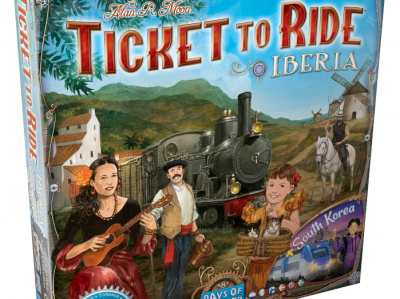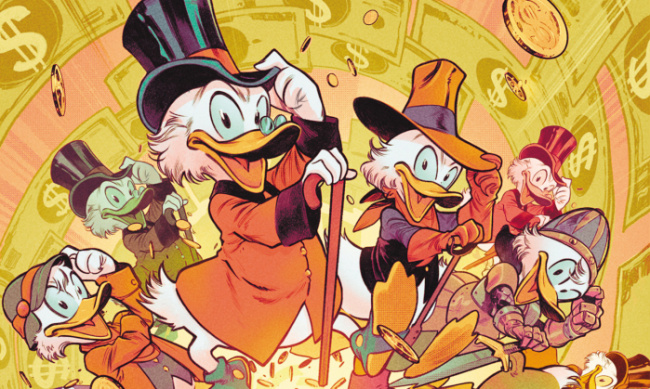Tell us a little about your store--number of square feet, product categories carried, type of location, number of years in business, type of customer base.
Brave New World has been filling the comics need of the people of Santa Clarita, California since 1990. Our current location has a footprint of 1,500 square feet and is filled with comics, toys, t-shirts, poster, art and stories.
How does your store interact with your community in a way that promotes a positive image of comics?
Our primary focus for promoting comics in our community has been using comics as a literacy tool. But, in general, we have found that if we spend our efforts promoting comics in the community rather than the store, we benefit much more. There are a lot of people out there competing for attention by screaming, 'give us your money!' If we are out there screaming 'read comics!', it's just different enough to cut through the noise.
What institutions (schools, libraries, churches, police, charities) do you interact with to accomplish this? Any specific examples and suggestions for other retailers would be useful.
We do a lot with our local libraries. When we have a big event in the store (like FCBD) they have allowed us to put up posters in the libraries and have even passed out bookmarks that we made up instead of flyers. This year for FCBD they passed out over 3000 bookmarks for us.
While we have worked a lot with other charities and schools in the area, the other thing that gets us 'in the community' most is to look for opportunities to set up 'remote stores'. Why spend your energies setting up in comic conventions where you are selling the same old stuff to customers who have already sent it a thousand times when (with the same amount of energy) you can set up at a car show, business show, or movie theatre and see all new faces?
How do you manage material for 'mature' readers in your store? Specifically, do you display material for different ages separately? Do your clerks compare the material to the purchaser at the checkout? Do you regulate browsing of mature materials by younger readers?
Yes, we do all of those things, but for the most part, we use the layout of the store to regulate who sees what. Sections in which you are most likely to find offensive material aren't displayed anywhere near the kids comics and any kids that make their way into those questions get a suggestions as to where they are more likely to find stuff geared toward them. Our salespeople are instructed not to sell anything with mature contents to children alone and when they are accompanied by a parent, we tell the parent a little about what their kid is buying and let them know that if they take a look at it and decide that it's not for their kids we will accept a return.
When parents come in with younger children, how do you interact with the parents to create a positive image of comics?
By staying well-informed on comics as literacy tools. By talking to them and finding out their concerns. By suggesting that instead of spending $25 on one comic, their son might enjoy 10 $2.50 comics more. Every parent is different. Some are more concerned about sex than violence. Some are more concerned about vocabulary levels. Some just want someone to talk to about politics while their kids make a bigger and bigger stack at the counter. Some (and these are my favorite) hear about the quality and diversity of comics today and want to find something for themselves while their kids shop in another part of the store.
Do you carry adult (x-rated) comics? And if so, same questions as we asked about 'mature' products in #4 above.
No, we don't currently carry adult comics. Our store layout is such that no matter how we displayed them, the only way we could display them brought good and bad attention.
Have you ever had problems in your store with parents or others regarding the content of what you sell, how did you handle it, and what was the outcome?
Not much since we stopped carrying an adults only section. When we do, we explain that while there are comics for everyone, not every comic is. This tends to resolve any problems before they become too big. Most of our handling of this issue is preemptive. When a mom is warned at the counter that the comic that she is buying for her son has material that some would find offensive, she is less likely to demonize you into someone who is trying to corrupt her kids.
How did you handle the comics appropriate for different age levels for Free Comic Book Day?
We set up a counter at the front of the store where we had staff that was educated in what they were giving away. In order to get your free comic you had to approach the counter and ask for it or discuss with the staff member, which one would be the best for you. There were several instances where kids would ask for a copy of something that was not all-ages friendly and they got a suggestion for a different book.







